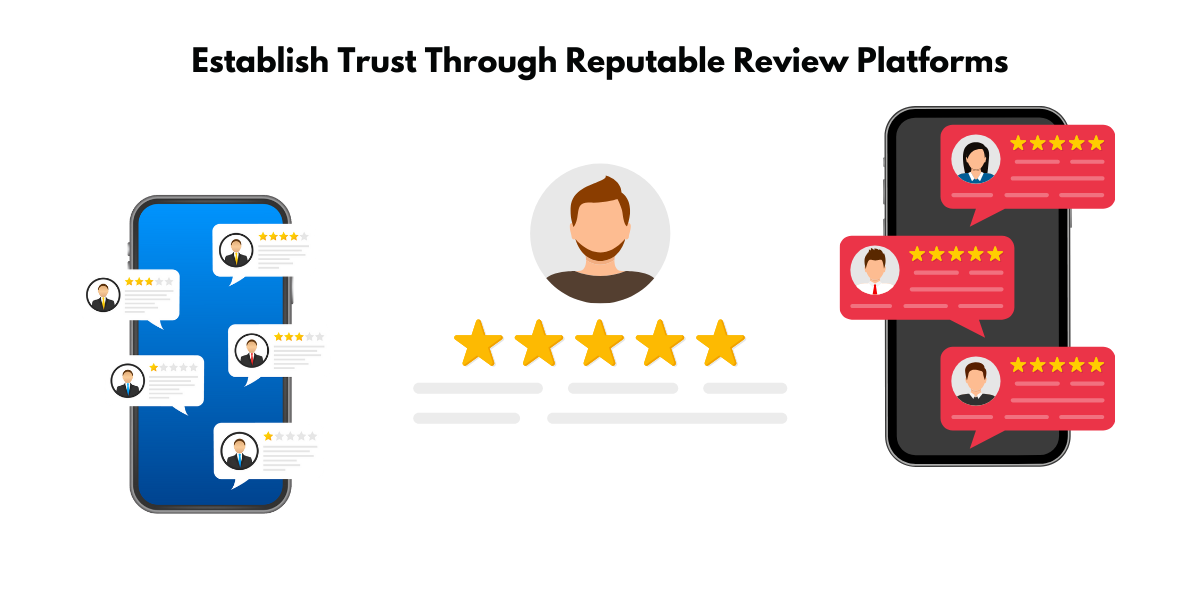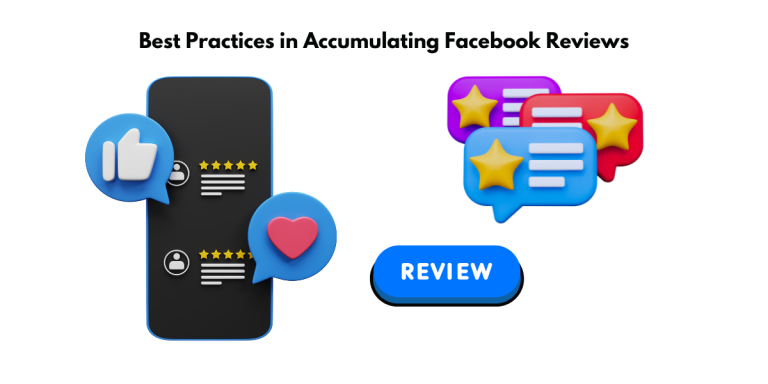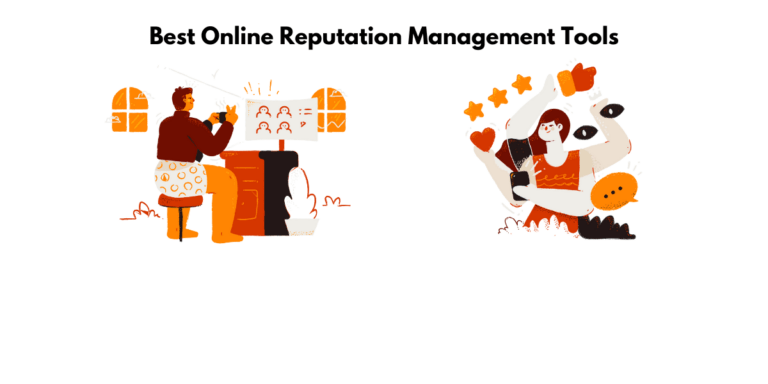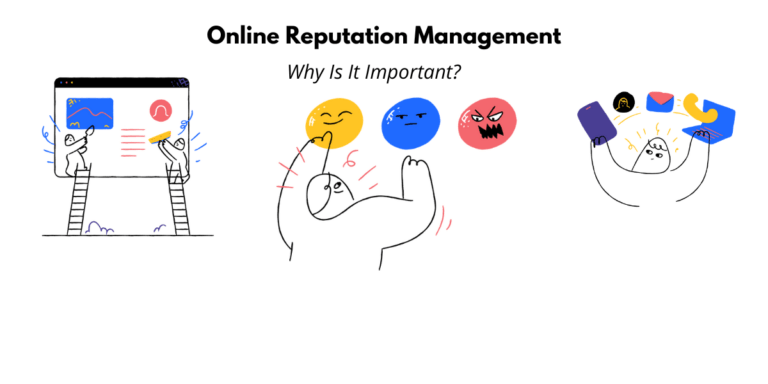Harnessing the Power of Trust Through Review
The Rise of Third-Party Review Platforms
In our interconnected world, trust is the currency of choice for any successful business-customer relationship. This has led to the significant growth of third-party review platforms, which have become influential arbiters in establishing brand trustworthiness. These platforms offer a democratized space where an array of customer experiences can shape public perception. They’re more than just digital comment boxes; they are bustling hubs where word-of-mouth goes digital, and a good review can echo across the globe.
Navigating the World of Online Credibility
Navigating the world of online credibility is like embarking on a voyage across the vast and sometimes turbulent waters of the digital space. To maintain a solid reputation, businesses must understand the ebb and flow of customer sentiment within third-party review platforms. Engaging with users on these external sites becomes crucial in managing one’s online presence. Responding to feedback, acknowledging reviews, and using criticism constructively help in curating a brand image that resonates with authenticity and trustworthiness.

Remember: while you can control the narrative on your own platforms to an extent, third-party reviews offer an unvarnished view of what people really think. The task at hand is not to manipulate these opinions but to interact with them in a way that speaks volumes about your dedication to customer satisfaction.
Essential Third-Party Review Platforms for Businesses
Yelp: Catering to a Range of Industries
Yelp stands as a versatile player in the review platform realm, catering to a diverse array of industries with crowd-sourced insights. Whether someone is searching for a cozy cafe, an expert electrician, or a trustworthy tax advisor, Yelp’s comprehensive database of local businesses serves up a plethora of reviews to guide them. Businesses from across sectors can set up a Yelp profile, giving them the power to connect with their clientele and address feedback directly — an essential step in nurturing a positive public image.

What sets Yelp apart is its hyperlocal approach, often being the go-to for customers who seek services within their immediate area. With user-friendly features like list and map views, Yelp doesn’t just help businesses gain visibility; it places them directly on the map of consumer choice.
Google Customer Reviews: Boosting Visibility in Search
Google Customer Reviews can be a game-changer in boosting a business’s visibility in search. As users hunt down products or services, the stars and comments from Google Reviews are often among the first impressions they’ll receive. Given Google’s vast reach, these testimonials are not just reviews; they’re shapers of the buyer’s journey, appearing prominently when potential customers use the world’s most popular search engine to find what they need.
In the SEO chess game, positive reviews are a strategic move leading to higher local search rankings. They send persuasive signals to Google’s algorithms, indicating that a business is not only active but also favored by the community. Gathering Google Customer Reviews is a seamless process that can flow directly from your digital interactions, making it easier for customers to sing your praises.
TripAdvisor: Trusted by Travelers Worldwide
TripAdvisor’s reputation as the go-to platform for travelers in search of authentic experiences is well-earned. It offers comprehensive reviews on accommodations, restaurants, and attractions across the globe, influencing countless travel decisions. With its user-generated content, TripAdvisor provides a space where personal stories and tips paint a picture of what future visitors can expect—these narratives often seal the deal for those on the fence about a booking or an excursion.

This platform is an invaluable tool for businesses in the hospitality industry to gain credibility and showcase their offerings. The weight of a positive TripAdvisor rating is substantial, with each review serving as a testimonial to the quality of the experience. Proactive engagement with reviewers not only demonstrates excellent customer service but can also turn a good reputation into an unmistakable brand promise.
Facebook Ratings and Reviews: Leveraging Social Networks
Facebook Ratings and Reviews unlock the potential to leverage one of the most substantial social networks for business credibility. With over 2 billion active monthly users, Facebook serves as a vital touchpoint for connecting businesses with their audience. They allow for a more informal and engaging way for customers to share their feedback directly on your business’s public page. These reviews hold significant weight due to their social nature; a recommendation from a friend or acquaintance via Facebook can influence others in their network more than an anonymous review might.
Businesses benefit from the dual functionality of Facebook – it’s both a place to interact with customers and a platform for authentic testimonials. By integrating Facebook Reviews into a business strategy, you provide transparency and encourage word-of-mouth advertising organically. The two-way dialogue facilitated by these reviews can also contribute to fostering a loyal community around a brand.
Key Advantages of Third-Party Reviews for Your Business
Building Consumer Trust through Transparency
Building consumer trust through transparency is like opening your business doors for the world to see the inner workings. With third-party reviews, transparency isn’t just a buzzword but a tangible action. By allowing unfiltered access to customer feedback, whether it’s glowing praise or constructive criticism, businesses send a clear message: they have nothing to hide, and they value customer opinions.
Embracing transparency means actively encouraging customers to share their experiences for others to read. It sets a precedent for honesty and open communication, inviting prospective customers to witness the authenticity of your brand. In this era of informed decision-making, transparent practices demonstrated via third-party reviews can significantly uplift a business’s reputation and, ultimately, its bottom line.
Influencing Purchase Decisions with Unbiased Opinions
Unbiased opinions found in third-party reviews have become a potent influence on purchase decisions. When a potential customer is on the fence about buying, it’s genuine feedback from others that often tips the scales. This is because these impartial reviews provide a sense of security; people trust them as they would trust recommendations from close friends or family members. They offer a collective insight that goes beyond marketing pitches and corporate speak.
The impact of these reviews is substantial — research has shown they can significantly alter purchase behavior. Businesses that recognize this power and cultivate a strong portfolio of positive, authentic reviews can harness this influence, driving conversions and bolstering their market position.

Crafting a Strategy for Collecting Third-Party Reviews
Encouraging Customers to Share Their Experiences
Encouraging customers to share their experiences requires a thoughtful, customer-centric approach. Start by simply asking; your satisfied customers are often happy to oblige, especially if they feel their opinion is valued. Personalize the request to make a stronger connection, whether it’s via email, social media, or in person. Expressing genuine interest in their feedback can be an effective motivator.
To streamline the process, provide them with easy channels for leaving these reviews – direct links to your third-party review profiles or step-by-step guidance can minimize friction. Remember, timing is also key. Reach out when the experience is fresh in their minds, ideally after a positive interaction or when they’re most appreciative of your service.
Managing and Responding to Reviews Effectively
Effectively managing and responding to reviews can help solidify your brand’s reputation for attentive customer service. First and foremost, consistency is key—making sure every review gets a response shows that every customer’s voice is heard. Positive feedback warrants thanks and recognition, emphasizing the high standards you strive to maintain.
For negative comments, respond swiftly and empathetically. Address the concern raised, apologize if warranted, and suggest a direct follow-up to discuss further. Demonstrating professionalism and a willingness to resolve issues reinforces a commitment to customer satisfaction.
Consider using corporate-approved templates for routine responses, but make sure to personalize them to each situation. Escalate more serious concerns to a dedicated team member who can provide a detailed and personalized resolution. This approach to review management not only appeases customers but can also turn a potentially negative situation into a showcase of your company’s excellent customer service ethos.
Overcoming Challenges Associated with Third-Party Reviews
Handling Negative Feedback Constructively
Handling negative feedback constructively is something of an art form—one that can turn potential setbacks into opportunities for growth. When negative reviews come in, it’s crucial to stay calm and not take them personally. Responding promptly and professionally demonstrates that you are attentive and committed to resolving any issues. Acknowledge the customer’s experience and express empathy for their dissatisfaction.
Offer solutions where possible, and take the conversation offline if it requires a more in-depth discussion. Show the rest of your audience that you’re actively working to improve by addressing feedback head-on. This level of responsiveness can mitigate the impact of negative reviews and may even convert detractors into advocates if they’re impressed with the way their grievance was handled.

Ensuring Authenticity in the Face of Fake Reviews
Ensuring authenticity in a landscape dotted with fake reviews can feel like navigating a minefield, but with the right approach, it’s entirely achievable. Start by closely monitoring your reviews across all platforms, keeping an eye out for anything that seems out of character or suspicious. Most review platforms have mechanisms to report and remove inauthentic reviews—use them.
Educate your customers on the importance of genuine reviews. When they understand the negative impact of fake reviews, they’re more likely to rally on your behalf, championing the authentic representation of your business. Additionally, implementing a verified purchase system or other forms of verification can add a layer of trustworthiness to the reviews posted.
Being proactive by asking all customers to leave real reviews also dilutes the impact of any fake comments. Above all, focus on delivering top-notch products and services; authentic reviews will naturally follow.
Integrating Third-Party Reviews into Marketing Efforts
Showcasing Testimonials on Multiple Channels
Showcasing testimonials on multiple channels is akin to a strategic broadcast of your credibility far and wide. It’s essential to not just collect reviews but to share them where they can have the greatest impact. Include powerful customer testimonials on your website via widgets that pull from third-party sources, ensuring that these testimonials remain up-to-date and dynamic.
Expand the reach by sharing positive feedback on your social media profiles—this not only reaffirms your reputation but also engages your followers in a narrative of success. Additionally, incorporating reviews in newsletters, email signatures, and even print materials can bolster the message that customers trust and recommend your services.
Tailoring the showcased reviews to fit the channel and audience can optimize their effectiveness. By presenting genuine, verifiable customer experiences across various platforms, you can amplify the voice of your customer base and, in doing so, attract new prospects.
Leveraging Reviews to Improve Service and Product Offerings
Leveraging reviews to improve your service and product offerings is like mining precious feedback gems that can refine how your business shines. Treat every piece of customer feedback as actionable insight. Positive reviews can validate what you’re doing right and encourage you to continue those practices. They can also highlight unique selling points that you might not have promoted heavily but resonate well with customers.
On the flip side, constructive criticism can expose gaps that need to be filled. Examine patterns in the feedback—common pain points can reveal opportunities for product improvement or customer service training. Use the reviews as a constant feedback loop: take the input, make improvements, and then communicate back to your customers to show that their voices have not only been heard but have sparked positive change.
Conclusion
Gaining credibility with leading third-party reviews begins by actively seeking out and leveraging testimonials from satisfied customers. Modern consumers have a keener eye for authenticity and are more likely to trust organic, customer-generated content over branded advertising. To tap into this vein of trust, companies should encourage customers to leave feedback on major review platforms such as Yelp, Google, and Facebook. This can be done by creating a simple and accessible process for customers to share their experiences, and even offering incentives for those who take the time to write a review.
By proactively gathering and showcasing positive experiences on these respected third-party sites, businesses not only build trust with potential customers but also enhance their reputation and visibility in an increasingly crowded market space.







